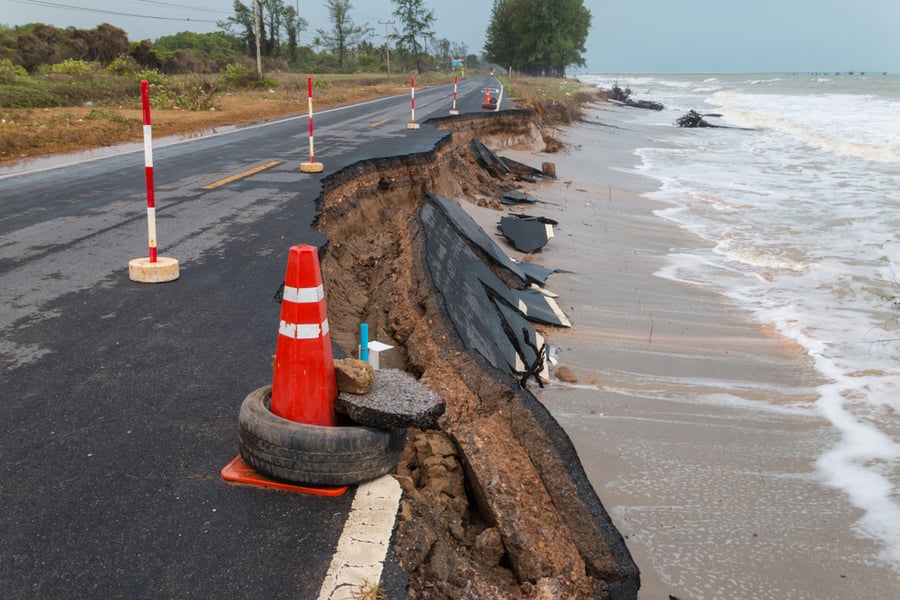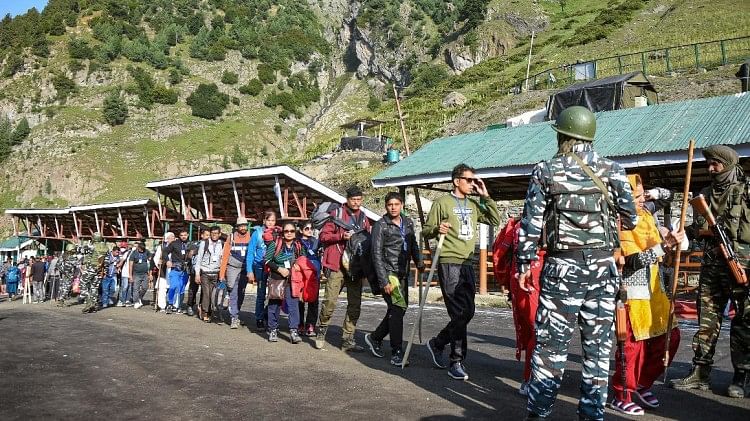The Growing Danger Of Rising Sea Levels: Impacts On Coastal Areas

Table of Contents
Causes of Rising Sea Levels
Rising sea levels are a complex phenomenon driven by multiple factors, all interconnected with a warming planet. Understanding these causes is crucial to addressing the problem effectively.
Thermal Expansion
Warmer ocean temperatures cause water molecules to move faster and spread further apart, resulting in an increase in the overall volume of seawater. This thermal expansion is a significant contributor to rising sea levels.
- Global warming, fueled by the emission of greenhouse gases like carbon dioxide and methane, is the primary driver of rising ocean temperatures.
- The Intergovernmental Panel on Climate Change (IPCC) reports a clear correlation between rising global temperatures and the rate of thermal expansion.
- Data shows that thermal expansion accounts for a substantial portion of observed sea level rise over recent decades.
Melting Glaciers and Ice Sheets
The melting of glaciers and ice sheets, particularly in Greenland and Antarctica, is another major contributor to rising sea levels. These massive ice bodies contain vast quantities of frozen water.
- Accelerated melting rates are observed in Greenland and Antarctica due to rising global temperatures and changes in atmospheric and oceanic circulation patterns.
- The collapse of ice shelves and the increased flow of glaciers into the ocean are contributing to a rapid increase in sea levels.
- Scientific projections indicate that continued melting of ice sheets could lead to a dramatic rise in sea levels over the coming centuries.
Land Subsidence
In addition to the rise in global sea levels, some coastal areas experience a relative rise in sea levels due to land subsidence. This is the sinking of land.
- Groundwater extraction, a common practice in many coastal regions, can lead to land compaction and subsidence.
- Tectonic activity, such as earthquakes and isostatic adjustments, can also cause land to sink.
- Land subsidence exacerbates the effects of rising sea levels, making coastal communities even more vulnerable to flooding and erosion.
Impacts on Coastal Ecosystems
Rising sea levels pose a significant threat to coastal ecosystems, impacting their biodiversity and vital ecological functions.
Coastal Erosion and Habitat Loss
Rising sea levels are accelerating coastal erosion, leading to the loss of vital coastal habitats such as mangroves, salt marshes, and coral reefs.
- These habitats play a critical role in protecting coastlines from erosion and storm surges, and they provide important nursery grounds for many marine species.
- The loss of these ecosystems can lead to increased coastal vulnerability, biodiversity loss, and disruption of vital ecological processes.
- Examples of severely affected ecosystems include the Sundarbans mangrove forests in Bangladesh and the coral reefs of the Great Barrier Reef.
Saltwater Intrusion
As sea levels rise, saltwater intrudes into freshwater aquifers and estuaries, contaminating drinking water supplies and harming agriculture.
- Saltwater intrusion can render freshwater sources unusable for drinking, irrigation, and industrial purposes.
- This impacts human populations and agriculture, particularly in low-lying coastal areas with limited freshwater resources.
- Affected regions are experiencing declines in agricultural yields and increased water scarcity.
Increased Storm Surge Risk
Higher sea levels significantly exacerbate the impacts of storm surges, making coastal communities increasingly vulnerable to devastating flooding and damage.
- A higher baseline sea level means that storm surges reach further inland, causing more extensive flooding.
- Recent storm surge events demonstrate the devastating consequences of this increased vulnerability.
- The increased risk to infrastructure, property, and human lives demands urgent attention.
Socioeconomic Impacts on Coastal Communities
The impacts of rising sea levels extend far beyond the environment, with significant socioeconomic consequences for coastal communities.
Displacement and Migration
Rising sea levels and increased coastal flooding are forcing the displacement of coastal populations, leading to mass migration and associated social and economic challenges.
- Millions of people living in low-lying coastal areas are at risk of displacement, creating humanitarian crises.
- Vulnerable populations, including the poor and marginalized, are disproportionately affected.
- Mass migration can strain resources and infrastructure in receiving areas.
Damage to Infrastructure
Coastal infrastructure, including roads, buildings, power plants, and transportation networks, is vulnerable to damage from rising sea levels and extreme weather events.
- The economic costs of repairing and replacing damaged infrastructure are substantial, placing a significant burden on governments and communities.
- Examples of costly infrastructure damage include the destruction of coastal roads and the inundation of power plants.
- This damage disrupts essential services, impacting economic activity and public safety.
Impacts on Tourism and Fisheries
The tourism and fishing industries, vital economic sectors in many coastal regions, are facing significant challenges due to sea-level rise.
- Habitat loss, coastal erosion, and changes in marine ecosystems negatively impact fishing yields.
- Damage to coastal infrastructure and increased flooding can disrupt tourism activities, leading to economic losses.
- Coastal communities reliant on these industries face economic hardship and job losses.
Conclusion
The impacts of rising sea levels on coastal areas are far-reaching and interconnected, encompassing environmental degradation, socioeconomic disruption, and humanitarian crises. The urgency of addressing this global challenge cannot be overstated. Coastal inundation, driven by factors such as thermal expansion and glacial melt, is not just an environmental problem; it is a profound societal and economic threat. To mitigate the devastating effects of sea level rise and protect vulnerable coastal communities, it is crucial to support initiatives aimed at reducing greenhouse gas emissions and implementing adaptation measures. Learn more about the issue of rising sea levels and support organizations working to combat climate change and protect our coastlines. Every action, from advocating for climate-friendly policies to supporting sustainable coastal management practices, contributes to a safer and more resilient future. Let's work together to address the growing danger of rising sea levels and safeguard our coastal communities.

Featured Posts
-
 Jeanine Pirros Dc Appointment Analyzing Trumps Choice And Fox News Connection
May 10, 2025
Jeanine Pirros Dc Appointment Analyzing Trumps Choice And Fox News Connection
May 10, 2025 -
 Analyzing Apples Ai Position In The Tech Market
May 10, 2025
Analyzing Apples Ai Position In The Tech Market
May 10, 2025 -
 1509 R4 5
May 10, 2025
1509 R4 5
May 10, 2025 -
 Will 2025 Be A Banner Year For Stephen King Despite A Potential Monkey Flop
May 10, 2025
Will 2025 Be A Banner Year For Stephen King Despite A Potential Monkey Flop
May 10, 2025 -
 Palantir Stock Investment Before May 5th What Do The Experts Say
May 10, 2025
Palantir Stock Investment Before May 5th What Do The Experts Say
May 10, 2025
